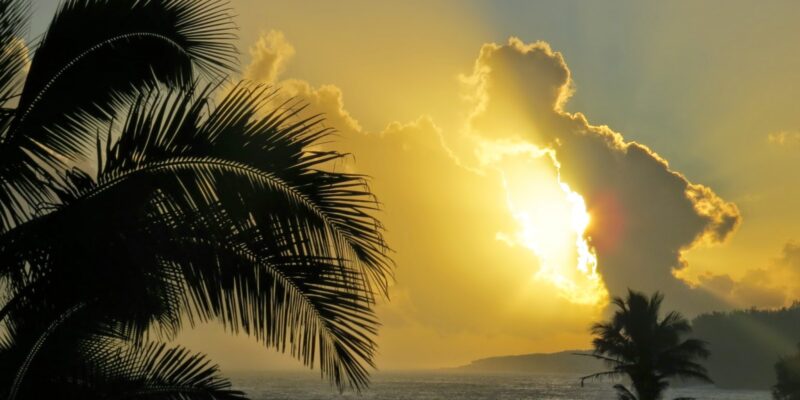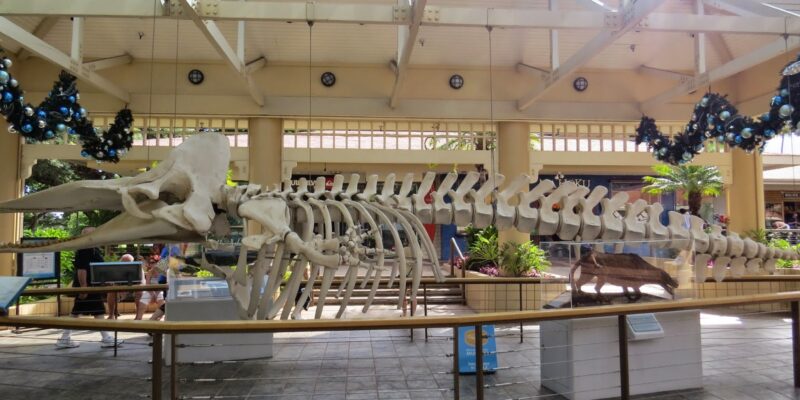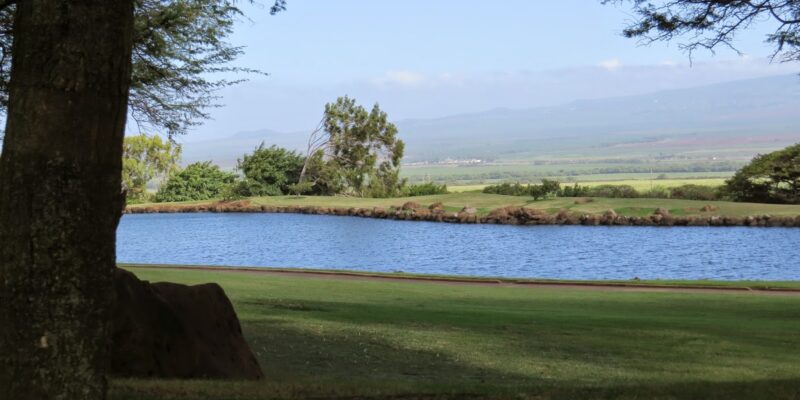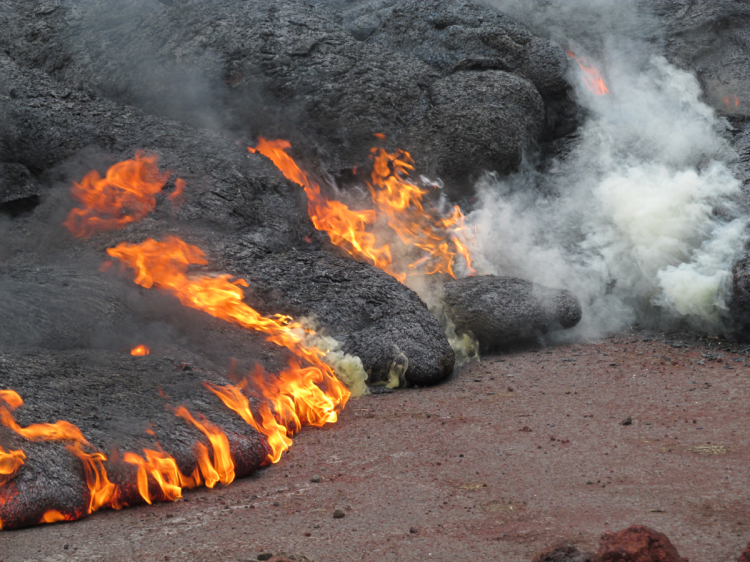
Theme and Amusement Parks on Cruise Ships: The Floating Fun Revolution
Cruise ships are no longer just about shuffleboard, sun decks, and midnight buffets. Over the past decade, they’ve evolved into floating cities offering increasingly wild and whimsical attractions—none more jaw-dropping than the rise of full-blown theme and amusement parks at sea. The concept may seem far-fetched to some, but for the modern traveler, especially families and thrill-seekers, these onboard playgrounds are becoming a major draw.
What once began with a simple rock-climbing wall or a waterslide has exploded into a seafaring spectacle of roller coasters, surf simulators, go-kart tracks, and immersive themed zones. These floating theme parks redefine what it means to vacation on the ocean, blurring the lines between cruise ship and amusement resort.
Royal Caribbean: Pioneers of Onboard Adventure
When it comes to pushing the envelope, Royal Caribbean International leads the charge. Its Oasis Class ships, such as Wonder of the Seas and Utopia of the Seas, are not just among the largest passenger vessels in the world—they’re virtual amusement parks.
Royal Caribbean was the first to introduce neighborhood-style layouts on its ships, including areas like the Boardwalk, complete with carousel rides, hot dog stands, and outdoor amphitheaters. The Ultimate Abyss, a 10-deck dry slide twisting down the back of the ship, became an iconic thrill.
But the innovation didn’t stop there. Their Quantum Class ships introduced RipCord by iFLY, a skydiving simulator, and the North Star, a glass observation pod rising 300 feet above sea level. The SeaPlex, the largest indoor activity space at sea, features bumper cars, roller skating, and even a circus school.
Carnival: Water Slides and Thrill Zones
Carnival Cruise Line leans into fun with its Carnival Mardi Gras and Carnival Celebration, which feature BOLT, the first roller coaster at sea. Riders strap into motorcycle-style seats on a track that twists and turns around the upper deck—while reaching speeds of up to 40 mph. That’s right: a real, electric-powered roller coaster circling the top of a ship.
Water parks have long been part of Carnival’s DNA, but they’ve upped the ante in recent years. Their WaterWorks park includes spiraling slides, splash zones, and racing tubes—all perched several decks above the ocean. Combined with the high-energy SportSquare (ropes course, mini-golf, and outdoor gym equipment), it’s a full-scale amusement experience.
Norwegian Cruise Line: Go-Karts and VR Worlds
Norwegian’s Prima and Encore ships are designed with adrenaline junkies in mind. They offer multi-level racetracks with electric go-karts zipping along the ship’s upper decks—where guests can race each other with an ocean view flying by. The track even extends slightly over the side of the ship for added drama.
The Galaxy Pavilion adds a high-tech edge, delivering an entire deck of immersive virtual reality games and rides. Passengers can pilot fighter jets, explore haunted houses, or simulate high-speed racing in a hyper-realistic environment. It’s ideal for families and tech lovers who want more than sunbathing and swimming.
MSC Cruises: European Elegance Meets Family Fun
The MSC World Europa and MSC Seascape have brought the brand into the amusement space, particularly for European travelers. The Robotron, a robotic arm ride that lifts and flips passengers while synchronizing to music and LED lights, is something you’d expect at a land-based theme park, not cruising through the Mediterranean.
MSC also offers dedicated aquaparks, adventure trails, zip lines, and 5D cinemas. Their approach blends European-style luxury with the playfulness of a resort-style family vacation.
Disney Cruise Line: Where Magic Meets the Sea
Disney Cruise Line blends its signature storytelling with cruise ship innovation. Their newest ship, the Disney Wish, offers a “water coaster” called AquaMouse, which combines water ride thrills with immersive animation, sound, and story scenes featuring Mickey and friends. It’s not just a water slide—it’s a narrative ride experience, complete with sudden drops and twists.
Themed zones, such as Marvel Super Hero Academy, Star Wars: Cargo Bay, and Frozen-themed dining experiences, elevate the family cruise into a full-blown magical adventure. It’s no surprise Disney would ace the art of combining theme parks with cruising—they’ve simply shifted their magic from land to sea.
Why the Shift Toward Theme Parks at Sea?
Cruise lines are in fierce competition for younger audiences, multigenerational families, and thrill-seeking vacationers who once might have opted for Disneyland or Universal Studios. Today’s cruise passengers expect more than relaxation. They want Instagrammable moments, adrenaline-pumping experiences, and interactive entertainment.
Moreover, cruise vacations are increasingly seen as cost-effective family trips. Instead of paying for flights, hotels, meals, and admission to a theme park separately, a cruise offers all-inclusive pricing with amusement-level attractions included.
Challenges and Future of Floating Fun
There are unique challenges to building amusement rides on a moving vessel. Engineers must account for weight distribution, ocean motion, and safety standards. Every roller coaster loop and splash zone must be tested for stability, especially during rough seas.
Still, with technology advancing and cruise ships growing larger, we can only expect more innovation. Rumors suggest concepts like indoor ski slopes, escape rooms, AI-driven attractions, and augmented reality parks could be next on the horizon.
Today’s cruise ships are no longer just transportation…they’re destinations in their own right. Theme and amusement parks at sea have reshaped the cruising experience, offering something for everyone: thrill rides, splash zones, family fun, and tech-powered escapes. Whether you’re riding a coaster above the Atlantic or ziplining across a Caribbean sunset, one thing’s for sure: cruising has never been more exhilarating.
On another note, last night, we had a fun evening with friends Carol and Colin and Carol’s two nieces, Ursula and Anita from Pretoria, at Ngwenya for their Thursday night buffet. The conversation was as delightful as ever and left us all with smiles on our faces. Tonight, we’re off to Jabula for more entertainment. We love to be busy socializing on all these evenings!
Be well.
Photo from ten years ago today, August 1, 2015:


































